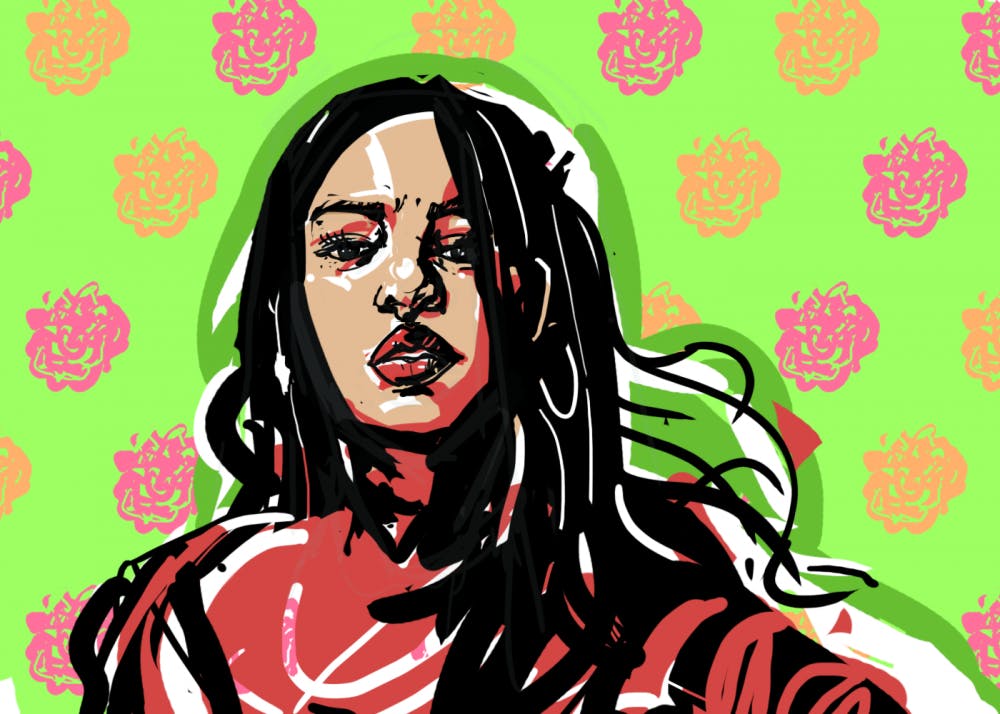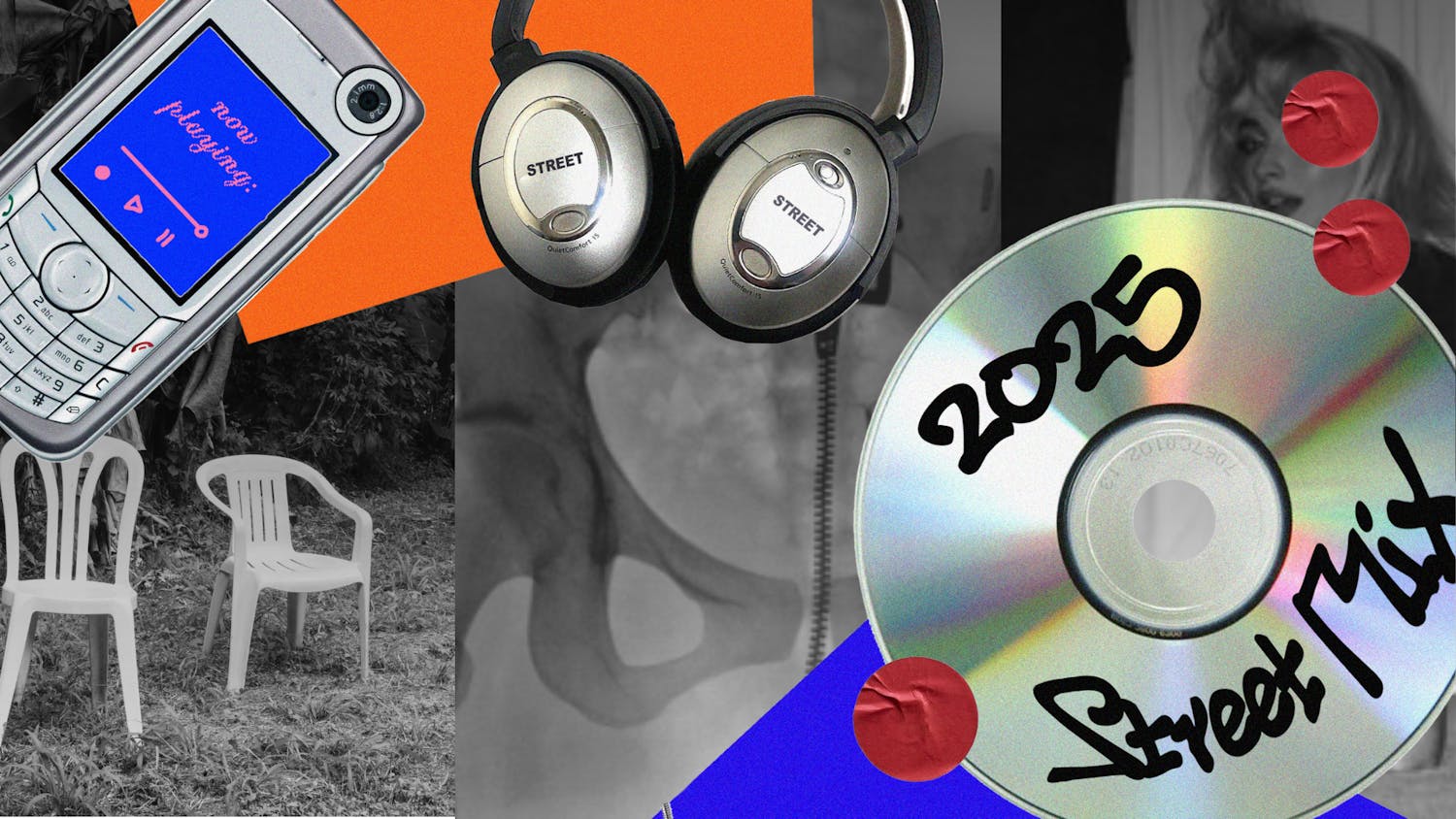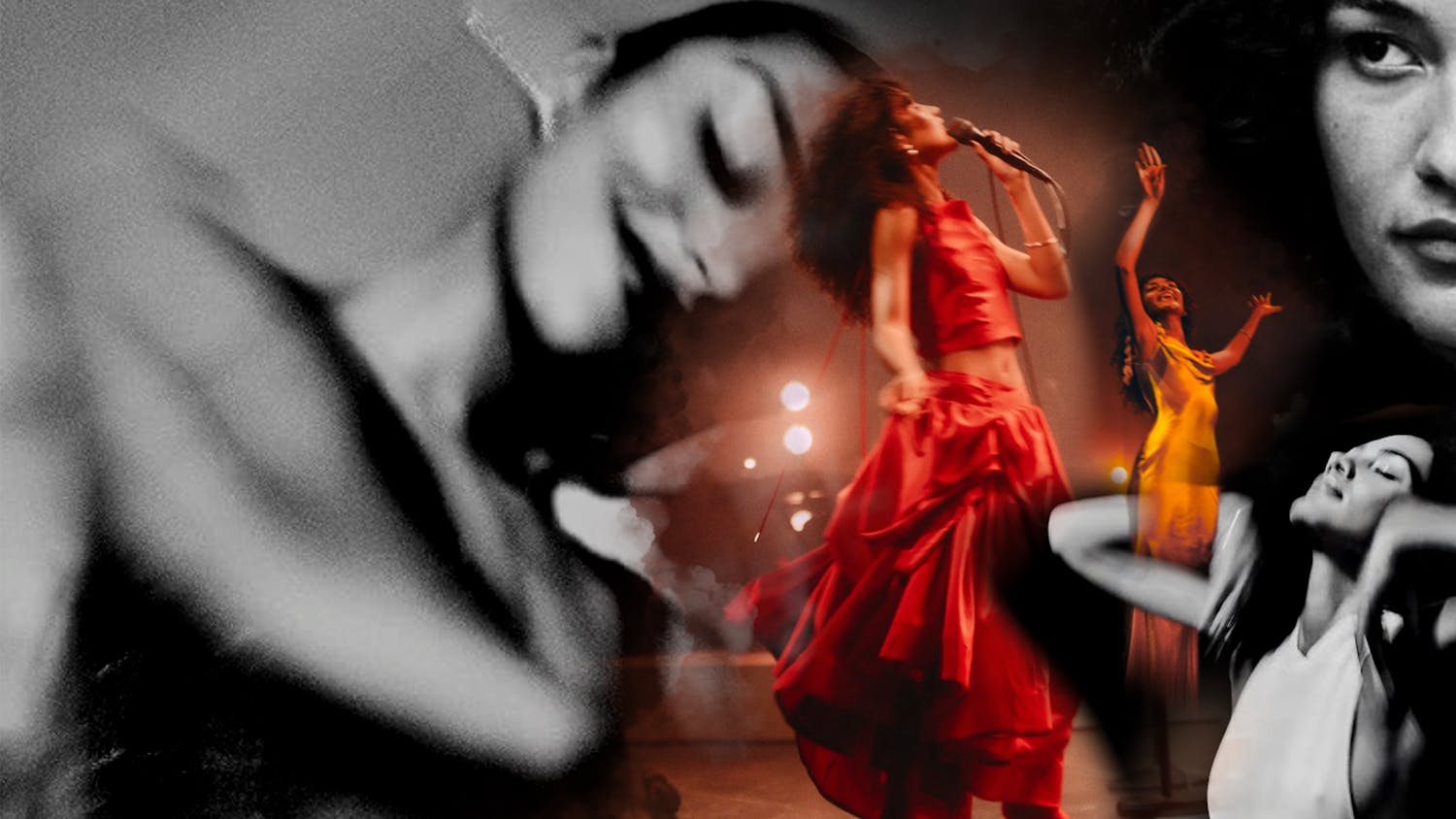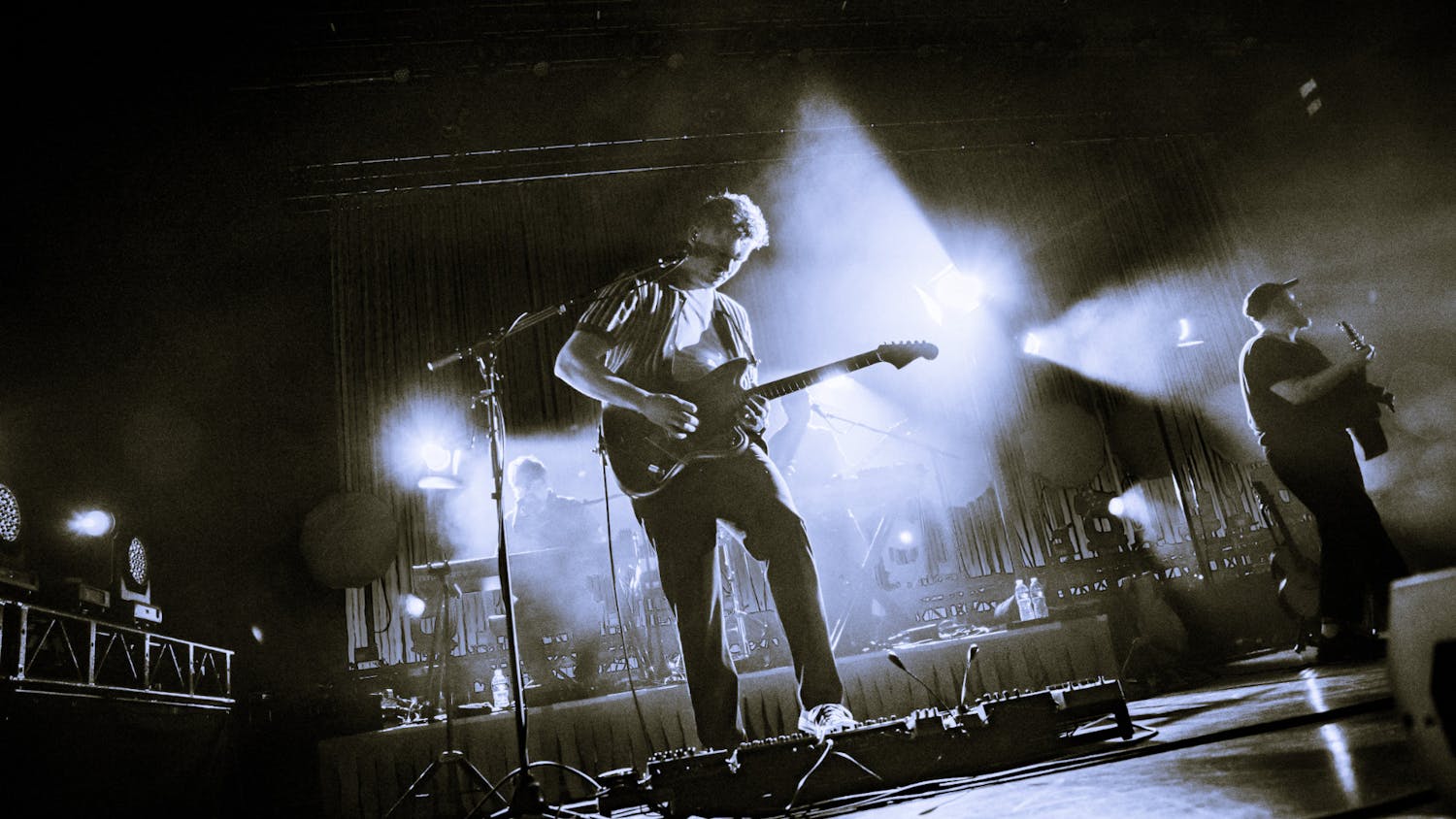It’s hard to categorize Spanish singer–songwriter Rosalía. Rosalía’s songs aren’t just songs—they're vibrant soundscapes, bursting at the seams in every syllable, beat, and chord with seemingly infinite amounts of color. And while she may not yet be known by the masses in the US, the world has taken notice of this genre–defying artist marrying flamenco with pop, hip hop, and electronic music.
Classically trained for over eight years as a flamenco vocalist, Rosalía released her self–recorded debut album, Los ángeles, in 2017 to wide public and critical acclaim, even winning the 2017 Premio Ruido for the best album recorded in Spain. With death as its central theme, the minimalist album showed her original take on flamenco over just a guitar, the sheer intensity and despondency of her songs vehemently washing over the listener. Since then, Rosalía has been at the center of a whirlwind of international praise, leaving us with a follow–up to the first album and her two Latin Grammys, singles racking up millions of views, a collaboration with Colombian megastar J Balvin, recording sessions with Pharrell, and more. Simply put, no one can stop talking about this breakout artist.
If Los ángeles leans more towards classic flamenco, Rosalía’s second album El mal querer takes things in the opposite direction. Mixing together staples of flamenco music like rhythmic hand claps (palmas) with 808s, hip hop–infused synth bass lines, auto–tuned harmonies, and unique samples like motorcycle engines or breaking glass, the album’s instrumentation adeptly backs its melismatic vocals. Based in the cante jondo (“deep song”) style of singing, Rosalía’s voice swings from restrained and wistful at times to a near primal cry at others. El mal querer is a modern day interpretation of the 13th century Romance novel Flamenca about a bride imprisoned in a castle by her husband. The theatrical storyline is divided up into each song, labeled with a song title, a chapter number, and an associated emotion (e.g. “A Ningún Hombre – Cap.11: Poder”). Focusing on the female protagonist, the album begins with a dark premonition, descends into conflict and depression, and only returns to stability and strength by the end. With cutting lyrics and arresting visuals, the beautiful emotional episodes transcend language barriers. Just watch the music video for "Pienso En Tu Mirá – Cap. 3: Celos" to see Rosalía sing with a squadron of gangsters aiming weapons at her neck and loading a gun with literal bull’s eyes, powerfully conveying female agency as she surreally escapes male control in the form of an abusive relationship. You don’t need to know Spanish to feel the pull of the suffering, pain, defiance, and musical upheaval Rosalía’s narrative style of music brings to the table.
Her indescribable vocals that sprint from note to note notwithstanding, Rosalía also interpolates Anglophone pop lines as Easter eggs for the listener to chance upon. The opening melody of the haunting, revelatory piece “Bagdad – Cap. 7: Liturgia” recognizably follows the hook of Justin Timberlake’s “Cry Me A River.” In “Di Mi Nombre – Cap. 8: Éxtasis,” the chorus (“Di mi nombre / Cuando no haya nadie cerca”) translates to “Say my name / When no one is around you”—a hidden Destiny’s Child reference. With her distorted, experimental reinventions of known melodies, Rosalía subverts ideas about what pop should sound like and what constitutes a crossover.
Rosalía’s meteoric rise hasn’t been without controversy over her apparent cultural appropriation of flamenco, a uniquely Spanish art form with Roma (derogatorily known as Gypsy) origins. As someone from Barcelona in the northern Spanish region of Catalonia, Rosalía is easily the most famous flamenco artist today—yet Rosalía is not Roma, nor is she from Andalusia, where flamenco and the specifically Roma cante jondo style hails from. However, as many point out, flamenco is not solely a Roma invention—it’s also a genre with significant influences from the Moorish, Jewish, Castilian, and native Andalusian communities, and Spain has just about adopted it as part of its national identity. The historically oppressed Roma community has called the singer out on adopting an Andalusian accent, scattering Roma languages in her songs, and using Roma clothing and symbolism in her music videos—essentially capitalizing on a marginalized culture without giving its people credit. Roma activists, irritated by Rosalía’s refusal to openly credit Roma for their fundamental contribution to flamenco, see the fact that she became famous over the many authentically Roma artists as a whitewashing of the musical tradition. One can see Spain’s cultural appropriation debate mirroring American debates over Macklemore winning Grammys over Kendrick Lamar, Iggy Azalea adopting a fake “blaccent”, and Justin Timberlake’s success in R&B.
But the controversy has no simple answer. This is something I’ve been thinking about after listening to El mal querer: though it’s clear that Rosalía’s status as a rich millennial from Barcelona likely helped her succeed over her Roma counterparts, her virtuosic classical flamenco training demonstrates she’s no inexperienced schlep bumbling her way around the centuries–old genre (see: Iggy Azalea). Furthermore, whereas people like Justin Timberlake used already commercialized R&B to profit off of black culture without contributing to it, Rosalía is popularizing a traditional genre not found in the mainstream, taking it to an entirely new place. How strictly should flamenco—or traditional music in general—be hyperlocalized to the region it comes from? Should cultural appropriation be excused if its perpetrator adds something new to the genre?
While I don’t have a concrete response, I think Rosalía’s appropriation should be read as a criticism of the music industry’s whitewashing as to who gets to represent a genre, rather than a condemnation of her as a person and artist. Still, there’s significant room for Rosalía to redeem herself in this situation—for example, she could collaborate with or otherwise promote the work of authentically Roma musicians who haven’t reached her level of success. Either way, this discourse shows that as music has grown increasingly globalized, issues of who gets famous and what sounds will survive have been raised, and Rosalía is no exception.
As music from traditions around the world are incorporated into the mainstream, this discussion is vital, and it no doubt will rage on. In the meantime, Rosalía has established herself as a radical artist proving that nothing—not even heavily codified flamenco—is untouchable. Her adrenaline–inducing songs coupled with her fiercely independent style of production show us what the new face of global pop can be: forward–thinking, emotionally moving, a mix of sounds old and new. Rosalía isn’t just an artist you should listen to. Because even if you haven’t listened to her, her sound will catch up to you one way or another.
Listen to El mal querer below. For a measured introduction to Rosalía’s sound, start with the more pop–leaning singles—“Malamente,” “Pienso En Tu Mirá,” and “Di Mi Nombre”—before moving onto her more experimental tracks. Or, just listen to the narrative album straight through.







